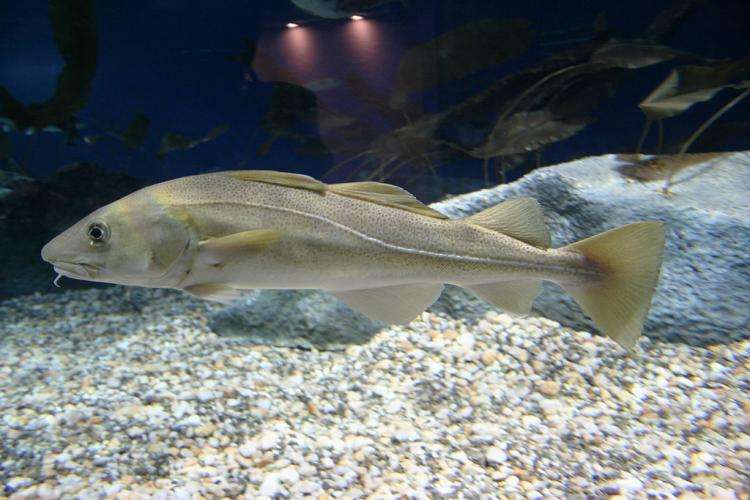The Atlantic cod's sex gene revealed

New methods at University of Oslo have made it possible to determine the Atlantic cod´s gender genetically. This could increase profits on cod in aquaculture.
Most of the Atlantic cod (Gadus morhua) sold in Norway comes from wild populations, but it is possible to produce cod in aquaculture.
Gender-ratio manipulation is a common practice in aquaculture to increase profits if one of the sexes grows faster or larger.
Sex is not trivial
Gender in fish is not the same as gender in human beings. In some species, such as the Ballan wrasse (Labrus bergylta), all fish are initially females and gender is determined by social status.
One female becomes male and gets a harem of females. When this male, dies the female that has the highest rank will then become a male.
In other species, like Clown fish, such as the famous Disney figure Nemo, all fish are male and become female if the one female in the flock dies.
Other fish species are hermaphrodites. That means that they either are both male and female at the same time or, start out as one sex, and develop into the other sex at some point.
The Atlantic cod, however, is a bit more like us in this regard. The fish are either male or female, and will remain this way throughout their lives. Yet, because the genes that determine the sex in fish are quite different from ours, these genes are often unknown, and basic research is needed to reveal the fish´ secrets of sex.
Reading the whole genome
To precisely locate the genes in the Atlantic cod´s genome that determine the sex has not been possible to do until now.
Because of new sequencing technology, researchers can now determine the Atlantic cod genome with greater accuracy than before.
The Atlantic cod´s sex gene is something that researchers have been looking for since the cod´s genome was sequenced for the first time in 2011.
Now, the complete genome sequence of more than 200 Atlantic cod was used to investigate the genetic difference between the males and the females in great detail.
Mysterious gene
Six different genes in the genome could be statistically linked to the sex of Atlantic cod. However, it is only a small, single gene in chromosome 11 that can consistently be used to accurately predict gender, in 100 percent of the cases.
This gene is therefore the most likely location where the sex is determined for cod. Intriguingly, this gene (or any of the others) has never been associated with the sex gene in any other fish species before. It remains therefore a mystery how the gene is exactly determined.
Scientist Bastiaan Star says:
"The gene is perhaps coding for a very small protein or is regulating another gene, but so far this gene is not known in any fish we know of, so we have no idea of what it does. We still have to find out the biological mechanism and what we can use this for. Knowing its location is a good starting point though. Bastiaan Star."
More information: Bastiaan Star et al. Genomic characterization of the Atlantic cod sex-locus, Scientific Reports (2016). DOI: 10.1038/srep31235
Journal information: Scientific Reports
Provided by University of Oslo



















